Taurine content in marine fish diets may be a primary contributor to the positive responses to ingredients
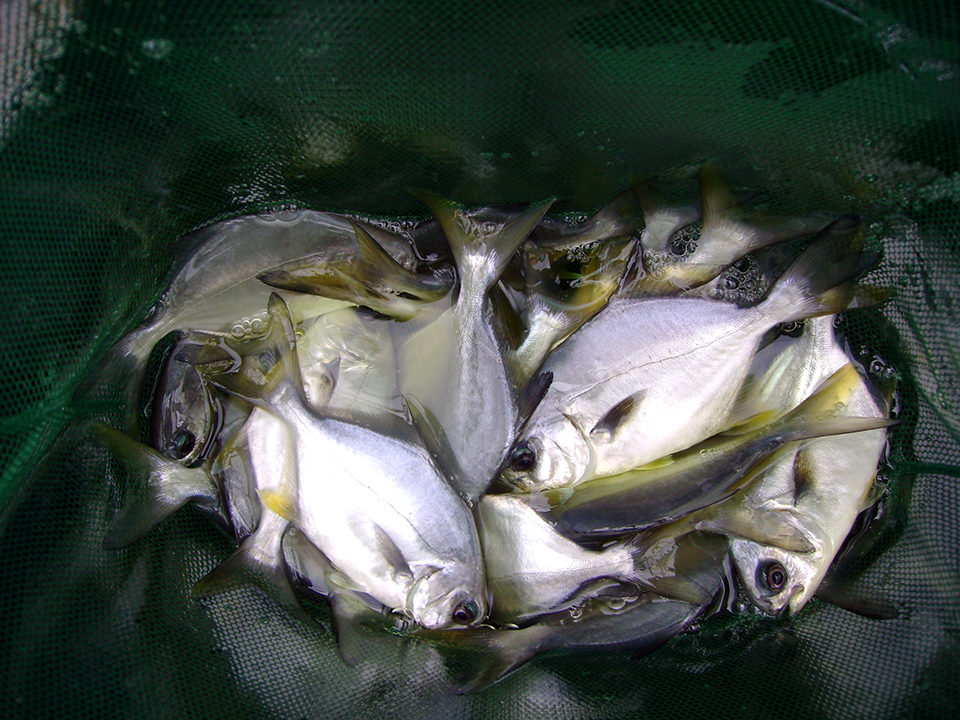
Taurine, 2-aminoethanesulfonic acid, is an organic acid that has a variety of functions as a constituent of bile and in osmoregulation, cell membrane stabilization, antioxidation and early development of visual, muscular and neural systems. Taurine is not an amino acid, since it lacks a carboxyl group and has not been found within any known protein structure, but is often classified as an amino acid.
Taurine exists naturally in animals, including oysters, mussels and fish, but is not found in most plants. Consequently, supplementation of taurine in diets for select species of fish containing high levels of alternative proteins may be necessary. As a chemical reagent for food additives, taurine is added to cat food, chicken feed, energy drinks, infant formula, dietary supplements, cosmetics, inert ingredients in pesticides and pharmaceuticals.
Production
Approximately 5,000 to 6,000 metric tons (MT) of synthetic and natural taurine were produced in 1993, with 50 percent for pet food manufacturing and 50 percent used in pharmaceutical applications. In 2008, China’s total taurine output reached around 3,000 MT, 90 percent of which was exported.
Natural taurine can be extracted from ox bile, the large muscles of abalones, oysters and octopuses. According to manufacturers, taurine products are crystalline powders that are more than 98.5 percent pure to conform to standards of the United States, Japan and Europe. Specifications for pharmaceutical grade, food grade and feed grade taurine are all based on the 98.5 percent purity.
Regulation
There is little regulation of taurine by governmental agencies. Taurine is sold as a nutritional supplement and included in a number of food and drink products, but is not categorized as “generally recognized as safe” by U.S. codes.
It is, however, permitted as an additive in the feed and drinking water of some animals. Taurine can be used as a nutritional supplement in the feed of growing chickens as long as the total taurine content does not exceed 0.054 percent.
Dietary relevance
Taurine has been shown to be an essential dietary requirement for cats. Another large use of taurine is in infant formulas. It is included on the CODEX advisory list of amino acids and other nutrients for use in foods and special formulas intended for infants and young children: Infant formula shall contain 60-70 kcal taurine/100 ml.
A large amount of taurine is used as a supplement in energy drinks, which contain an average of 1,000 mg taurine per serving.
Taurine in aquaculture
There is also growing interest in using taurine in aquaculture diets. In the European Union and China, taurine is authorized for fish feed in all species. However, in the United States, current regulations would most likely need modification, as they do not list fish.
There is increasing interest in the replacement of fishmeal and other marine ingredients in aquafeeds with alternative proteins. Plant proteins such as soybean meal have received considerable attention, but they contain low or undetectable levels of taurine. In fact, many terrestrial animal meals do not contain adequate levels of taurine, and as a result of processing methods, taurine content varies considerably.
Consequently, the use of such alternative protein sources in aquatic feeds may require supplementation with taurine. In a feeding trial conducted at Auburn University with Florida pompano (Trachinotus carolinus), the supplementation of taurine in diets containing plant proteins in combination with about 14 percent meat and bone meal with blood or 14 percent poultry by-product meal resulted in enhanced pompano growth and survival.
The response was higher in the former diet, as it contained a lower basal level of taurine. This is only one example of many studies showing that taurine may be an essential nutrient for some fish species.
Fish requirement
Increasing evidence indicates some marine fish have a conditional requirement for taurine. The taurine content in many of the protein sources and attractants used in marine fish diets may be a primary contributor to the positive responses to these ingredients.
In fish, the ability to synthesize taurine varies among species due to differences in the activity of key enzymes on the pathway of taurine biosynthesis and during ontogenesis. Research has been conducted on several species of larval and juvenile fish, including Japanese flounders, European sea bass, red sea bream, yellowtail, cobia, Florida pompano and sole, with results suggesting that taurine may be essential for younger fish. Freshwater species such as rainbow trout and tilapia have positively responded to taurine, whereas common carp and Atlantic salmon do not show a response.
A compilation of the utilization of taurine in diets for several marine and freshwater species is presented in Table 1. The table’s comparison among species leads to the conclusions that response to dietary taurine seems to be species-specific and varies among species and growth stages. These results indicate that the dietary supplementation of taurine may be necessary when taurine levels are lower than a minimum requirement.
Rhodes, Aquaculture species’ responses to taurine, Table 1
| Species | Size Range (g) | Dietary Taurine (g/100 g) | Response Criteria |
|---|---|---|---|
| Cobia | 9.8-150.0 | 0.40-0.60 | Growth, survival |
| Common dentex | 40.0-100.0 | 0.30-0.40 | Growth |
| Florida pompano | 5.0-80.0 | 0.50-0.75 | Growth, survival |
| Japanese flounder | 0.9-15.0 | 1.40 | Growth |
| Japanese flounder | 0.2-15.0 | 1.60 | Growth, feeding behavior |
| Rainbow trout | 18.4-220.0 | 0.85-1.45 | Growth |
| Red drum | 2.5-200.0 | 1.50-3.00* | Growth |
| Red sea bream | 153.0-560.0 | 0.26-0.50 | Growth, green liver |
| Red sea bream | 2.5-20.0 | 0.42-1.60 | Growth |
| Red sea bream | 580.0-1,049.0 | 0.60-2.82 | Growth, green liver |
| Seabass | 0.8-3.0 | 0.45-5.35 | Growth, diet selectivity |
| Sole | Larvae | 0.90 | Growth, metamorphosis success |
| Tilapia | Larvae | 0.80* | Growth |
| Yellowtail | 0.5-11.0 | 1.30-2.30 | Growth |
| Yellowtail | ~ 6,100.0 | 1.20 | Reproductive performance |
| Yellowtail | 250.0-1,000.0 | 3.40-7.20 | Growth, survival, green liver, hematocrit |
* Supplementation levels.
Supplemental taurine may not only improve growth and performance, but also is required to reduce nutritional diseases such as green liver disease and low hematocrit levels, which seem to be characteristic of a deficiency.
Perspectives
Marine protein sources are rich sources of taurine. As these meals are removed from marine fish feeds, we are finding an increasing number of species which appear to have a conditional requirement for taurine. Poor growth and reduced survival are often the first signs of taurine deficiency, however, in some species the taurine deficiency has also been characterized to cause green liver syndrome and reduced hematocrit readings.
(Editor’s Note: This article was originally published in the November/December 2011 print edition of the Global Aquaculture Advocate.)
Authors
-
M. Rhodes
Department of Fisheries and Allied Aquacultures
Auburn University, Alabama, USA -
W. Rossi, Jr.
Department of Fisheries and Allied Aquacultures
Auburn University, Alabama, USA -
T. Hanson, Ph.D.
Department of Fisheries and Allied Aquacultures
Auburn University, Alabama, USA -
D. Allen Davis, Ph.D.
Department of Fisheries and Allied Aquacultures
315 Swingle Hall
Auburn University
Alabama 36849-5419 USA[117,100,101,46,110,114,117,98,117,97,64,97,100,115,105,118,97,100]
Tagged With
Related Posts
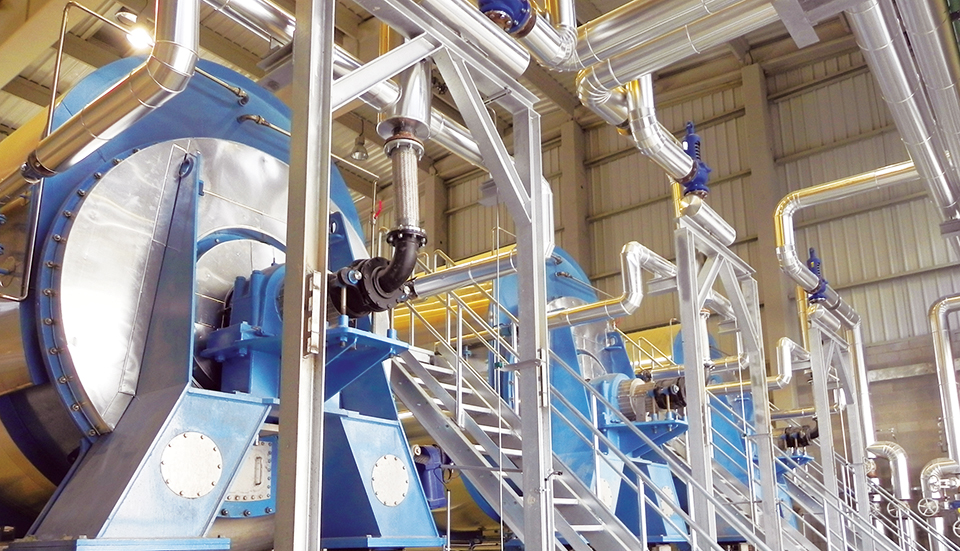
Aquafeeds
Animal byproduct concentrates useful tools in formulation
With the market volatility of fishmeal, as well as rising sustainability concerns, the aquaculture industry is seeking sources of protein, such as animal byproduct concentrates, to substitute for fishmeal.
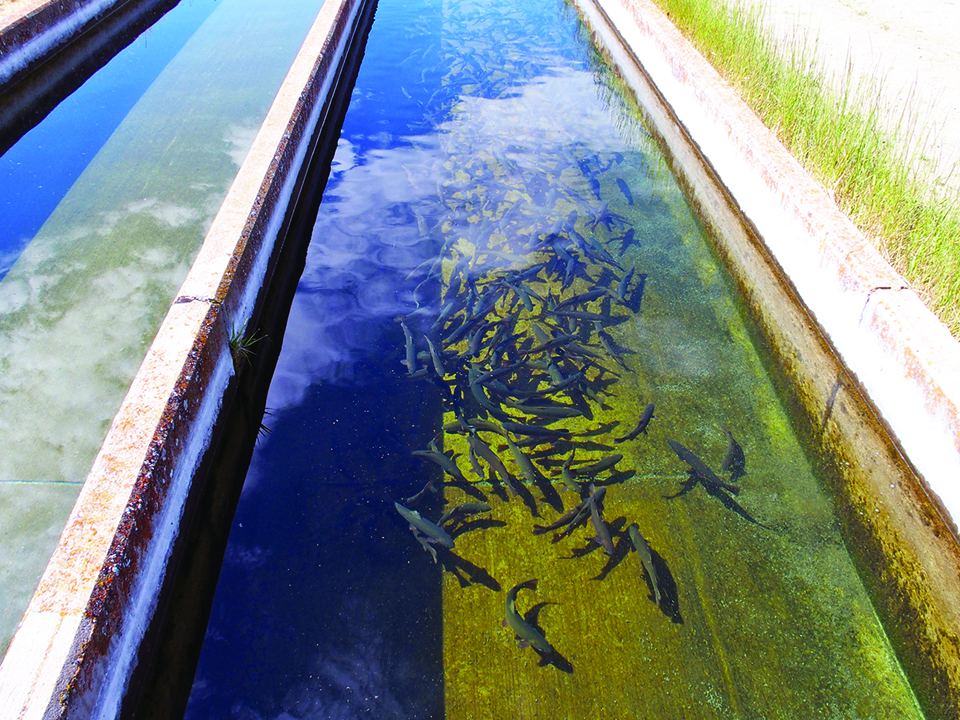
Aquafeeds
Breaking the 20 percent soy barrier in fish feed
Reduced performance in fish fed high-soy feeds has been blamed on antinutrients, low methionine content and palatability issues. Pretreatment to inactivate anti-nutritional compounds and supplementation with amino acids improves soy-based feed performance, but not to control levels.
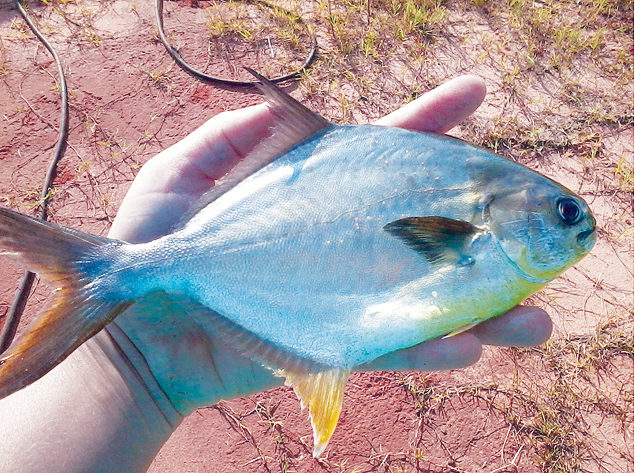
Health & Welfare
High-soy, fishmeal-free diets support Florida pompano growth
The authors have achieved good growth using a fishmeal-free diet for the carnivorous marine fish Florida pompano. In studies, they used pompano as a model marine species in a cost/benefit analysis of two extruded diets.
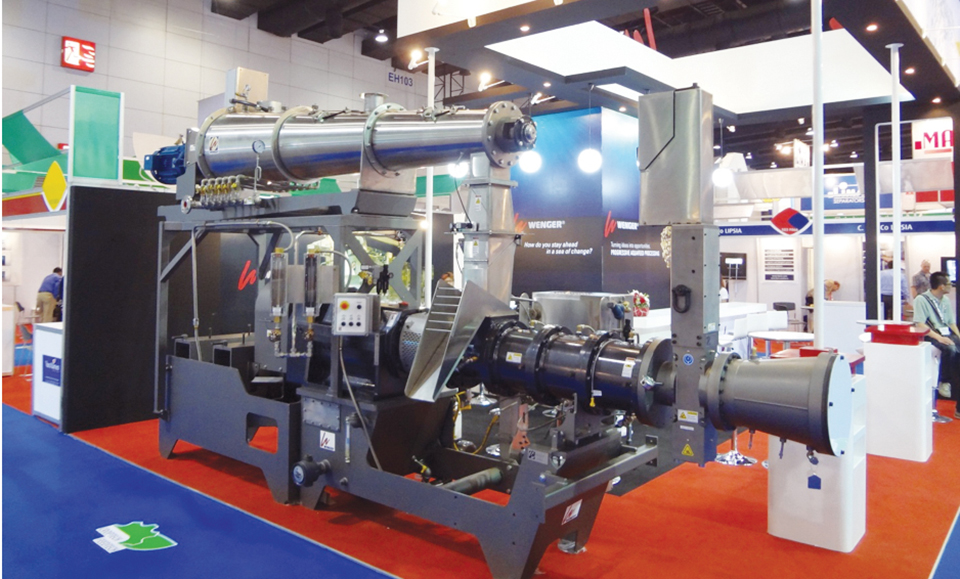
Aquafeeds
Extrusion supports fortification of specialized shrimp feeds based on vegetable proteins
Extrusion manufacturing of aquafeeds has recently seen advances in several areas. The development of new die technology has multiplied hourly output.


